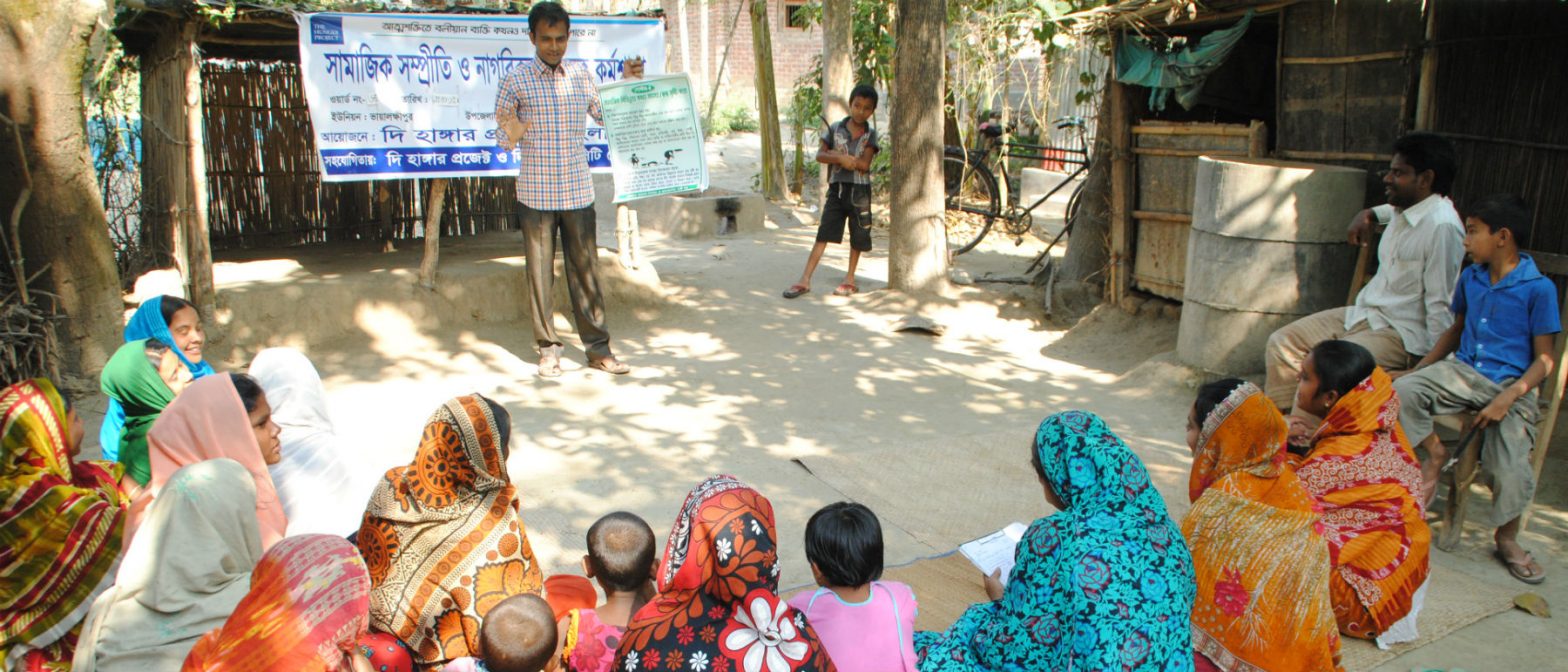Two years ago, as the world finalized the 2030 Sustainable Development Goals (SDGs), it did a really smart thing. UN Member States met first about how to pay for the SDGs, and signed the “Addis Agenda.”
In a seemingly small but important way, the Addis Agenda recognized that development happens in communities. Yet governments of the poorest countries are often centralized and have tended to spend more of their public funds in the capital cities, not in the communities where the majority of the most impoverished people live. A growing number of countries, ranging from China to Brazil to Kenya, have proven that moving public funds closer to the people works really well, yet as Paragraph 34 of the Addis Agenda points out, local government “often lacks adequate technical and technological capacity, financing and support.”
It states: “We therefore commit to scaling up international cooperation to strengthen capacities of municipalities and other local authorities.”
Next week, the world gathers in New York to review progress on the Addis Agenda. We in the Movement for Community-led Development hope that all governments will give special attention to this commitment. The sooner countries invest a fair share of public resources in communities, the faster all the SDGs will be achieved.
An easy and immediate first step would be for the UN to actually collect data on what portion of public budgets is spent in local communities. It is shocking that there is no global database of this one simple indicator (take note SDG indicator team!). The best analysis I’ve seen finds “a positive correlation between the size of the local public sector and perceived government effectiveness and control of corruption.”
People’s trust in their government is tremendously important – its failure can lead to civil war. Easterly’s book The Tyranny of Experts shows how mistrust can endure for centuries. Yet a recent study shows how quickly “community trust” can be improved, and that community trust improves the ability of those living in poverty to make wise investments in their own future.
There is a science to building community trust, and that science is referred to as “community-led development.” It’s defined as the “process of working together to create and achieve locally owned visions and goals.” It is a step-by-step, facilitated methodology to achieve systemic change rather than progress on short-term projects. South Korea attributes its rapid, broad-based economic growth – the only nation to move from least-developed country to OECD donor country in one generation – to “Saimaul Undong,” its version of community-led development.
Unlike the “dismal” science of economics, community-led development is a science of joy and inspiration. Anyone who has had the opportunity to sit with long-suppressed village women — women now running their own businesses, getting elected to local councils, supervising construction of new schools, and cutting ribbons to inaugurate water pumps instead of spending hours each day hauling drinking water from stagnant ponds – has experienced the true greatness of the human spirit.
Achieving the SDGs is possible when we invest in the institutions at the level where every person has a chance to contribute and have a voice in decision making – at the community level.
So – national governments – listen up: The commitment you made in Paragraph 34 really matters.


